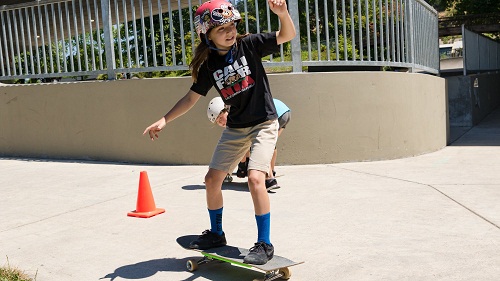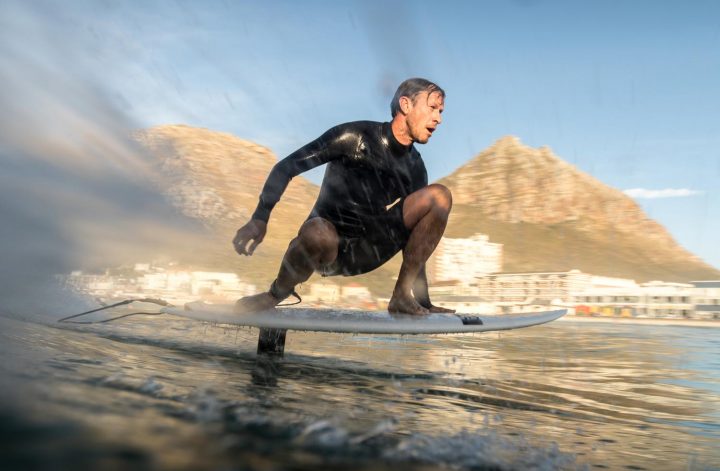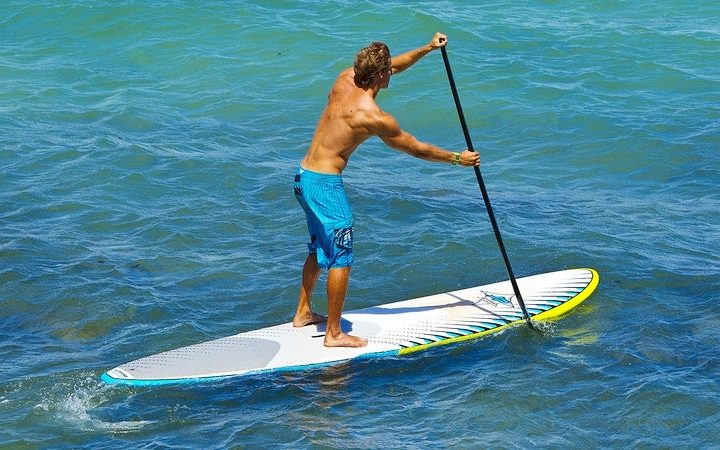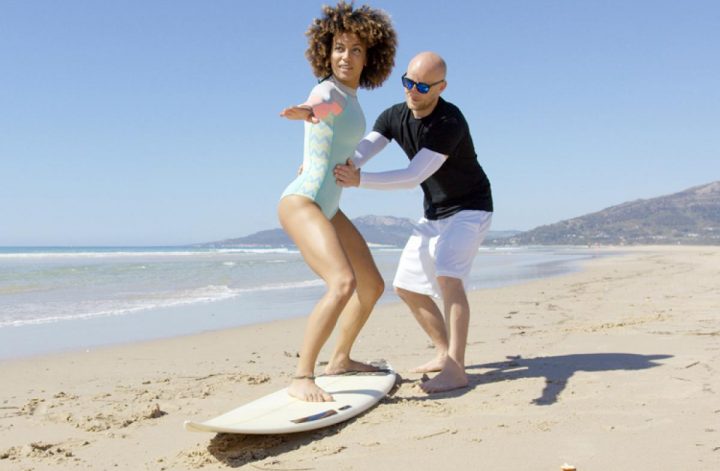Skateboarding can be harder than it looks. Pro-skaters make rolling up a concrete ramp, effortlessly flipping the board in various directions at the top and then landing back onto it look frustratingly easy. The truth is, however, we humans aren’t designed to stand on top of a moving piece of wood with four wheels attached. Mostly, learning to skateboard doesn’t come naturally – it comes with a lot of practice and, importantly, perseverance.
To succeed at skateboarding you really just need to give it a go. Still, knowing where to start as a complete beginner can be tricky. Even deciding what kind of board to get can be daunting.
Just remember, like a lot of things in life, anyone can do it when they put their mind to it.
Choosing Your Board
Before you head down to the local skatepark, it’s important to familiarise yourself with the different parts of a skateboard. First, you have the deck, the long wooden board that you stand on. Attached to that, you’ll find grip tape on the top, an adhesive sandpaper that stops your feet from slipping or sliding off the board, and a pair of trucks on the bottom, which attach the wheels and the bearings while helping you steer. The front of the deck is called the nose and is usually a little larger than the back, which is called the tail.
You can buy all of these parts separately to assemble your board, allowing you to customise it to your personal taste, but we recommend that beginners start by buying a ‘complete skateboard’ (also known as a ‘skate complete’): a pre-constructed entry-level skateboard created especially for those just starting out. Complete skateboards are generally a lot less expensive and you get everything included and ready to go.
Whilst browsing skateboards you’ll probably notice that decks come in a number of different shapes and sizes. Unlike other board-based sports such as surfing, what size you choose has nothing to do with your weight or height and is mostly down to what works best for you. Anything between 7.5 and 8 inches should suit the needs of beginners.
Getting To Know Your Board
When you get your board, the first thing you’ll need to discover is whether you should ride it ‘regular’ or ‘goofy’, which translates to standing with your left foot at the front of the board (regular) or your right (goofy). To determine this, stand on the ground with your feet slightly apart and ask someone to give you a gentle push from behind (yes, really!). Whichever foot you put forward to steady yourself is your dominant foot and should be placed at the back of the board and used for pushing.
Next, you need to practise standing on your board without it moving – try this on carpet or grass. Your feet should be parallel to the board’s width, positioned directly above the trucks, and your knees should be slightly bent. Rock forwards and back a little to help find your balance and get used to the way the board feels under your feet.
From here, it’s good to practise switching from this position to where your feet should be placed while you push. Turn your front foot to face the front of the board and take your back foot off and place it on the ground facing forward. Do this in reverse order to get back on the board and repeat the movement a few times to get familiar. This may seem boring, but focusing on getting techniques like this nailed when you first start will make it easier to learn trickier skills later on. When you feel ready, move to a concrete surface and, when your back foot is on the ground, give yourself a small push and place your feet back on the board.
Basic Skills To Practise
Pushing
Spoiler alert: you can’t really get anywhere on your board if you can’t master pushing. Simply push off the ground with your back foot and then step back onto the board. The more pushes you do, the faster you’ll go. Try to bend your knees and push with your full foot rather than just the ball. When you think you’re ready, a good test is to find a flat surface and practise pushing without getting on the board for as long as you can, as this will help you get used to controlling the board without your full body weight. If the board starts to swing off in the wrong direction, bend your knee inwards or outwards, depending on which way you want to travel, and this should put you back on the right track.
Carving
This is the easiest way to turn your board. You carve by leaning in the direction that you want to go. To turn inwards (frontside), push forward with your toes and your upper body; to turn outwards (backside), lean back on your heels and tilt backwards slightly. If you’re confused, stick your front arm out and point in the direction that you want to go, this automatically puts your weight in the right position.
Kickturns
A level up from carving, kickturns allow you to change the direction of the board much faster. If you want to avoid unexpected obstacles in the skatepark quickly it is a key skill to master. To practise the basic motion, find a patch of grass, place your back foot on the tail of the board and shift your weight onto it so that the nose of your board pops upwards. Now, lean forwards onto your front foot so the board slams back down onto the ground. Once you’ve got the hang of this, try turning the board while it’s popped up and your weight is on your back foot, by once again shifting your weight either forwards or backwards, depending on which way you want to go. Again, pointing in the direction you want to go helps to learn this move and, if you’re struggling to get the hang of moving backwards, try looking under your arm to get the right position.
Tic-tacs
After you’ve mastered kickturns, have a go at tic-tacs. These are basically just several kickturns going one after another. Once you’re able to do them quickly, tic-tacs will help you move forward without pushing and are a great way to build speed.
Master The Fear Of Falling
With skateboarding, you’re going to have to come to terms with the fact you’ll probably end up falling over. Quite a lot. Your first big fall might get your adrenaline pumping a little bit, but it’s important to not let it put you off from trying again. Get back on the board again as soon it feels comfortable: the longer you wait, the harder getting back on your board becomes.
Now, try to understand why you fell over. You need to figure out what you did that made you fall off, correct yourself and try again. A lot of skateboarding is falling over and getting back up again, so if you really focus on what it was that caused you to fall over and correct that, that’s a huge thing for progression.
Beginner Mistakes To Avoid
Starting off with good technique will help you progress quicker in the future, so it’s important to take the time to master the basics before moving onto more advanced techniques like ollies or kickflips. The main mistakes beginners make tend to do with foot placement and posture. A lot of beginners start practising with their feet in the wrong places and standing in really awkward ways that affect their balance, so take it slow, get to know your board and – most importantly – enjoy the ride – sometimes the destination is actually the journey.
Need help choosing a board, or have questions around your technique? Talk to Underground Skate. With over 20 years of matching beginners to boards, we’ve got you covered.
Can’t wait to get? Check out our range of Complete Skateboards, designed specifically for beginners.



